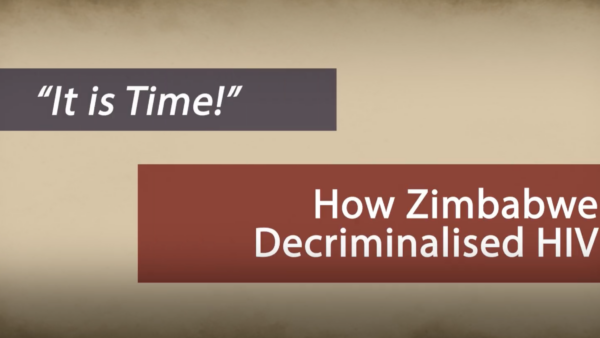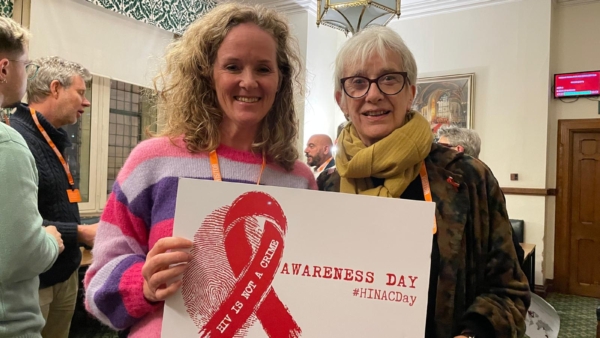Easing proof for violent crime would bring legal ‘turmoil’, court told
A push to make it easier to obtain convictions in serious violence cases would throw criminal law into “turmoil”, the Court of Appeal has heard.
Director of Public Prosecutions Kerri Judd last year took the unusual step of challenging the precedents that set the threshold to prove the offence of recklessly causing serious injury after a man was acquitted of a near-fatal assault on an English backpacker in Melbourne.
The 28-year-old backpacker was kicked in the head when a fight broke out between two groups of men in Southbank in February 2017. His skull was fractured when his head hit a hard surface, leaving him on life support for three weeks.
The 18-year-old accused of kicking the backpacker was acquitted last year of both intentionally and recklessly causing serious injury, after he argued his actions were in self-defence. Prosecutors also couldn’t prove the probability the teenager knew he was going to cause serious injury by kicking the backpacker.
Now Ms Judd wants to lower the standard so prosecutors would have to prove an accused person was “possibly” aware their actions would cause serious harm, rather than “probably”.
Chris Boyce, QC, acting on behalf of the DPP, said the burden of proof was set at an unreasonably high level.
“We have to prove a state of mind that is verging on intent for an offence which was intended to be of a lesser morality in terms of culpability, yet the definition merges between the two,” Mr Boyce told the Court of Appeal on Monday.
But Dermot Dann, QC, acting for the acquitted teenager, said no other DPP has “complained” about the definition before, nor has Parliament sought to change it.
He said such a change would affect any offence that contains recklessness.
“This root and branch alteration … would result in turmoil in terms of the operation of the criminal law and expansion of criminal liability,” Mr Dann said.
Justice Phillip Priest, one of the judges hearing the appeal, said: “My impression, I must say, [is that] it’s been applied satisfactorily for 25 years.”
The precedent that defines predicting consequence as a probability, rather than a possibility, was set by the High Court in 1985 in a case of a truck driver who drove his vehicle into a building and fled the scene.
Five people died and he was convicted of murder but on appeal the High Court found that “the question is whether the accused knew or foresaw that his actions would probably cause death or grievous bodily harm”.
This position was solidified in a 1997 Victorian case against a man accused of attempted murder and recklessly causing injury after a gun went off and injured someone nearby.
The DPP asked the Court of Appeal to instead look to another High Court case, that of a NSW man who knew he had HIV and infected a sexual partner.
In that case, it was sufficient to establish an accused foresaw the possibility that sex would result in contraction of a grievous bodily disease.
A decision in the case, heard by Court of Appeal President Chris Maxwell and justices Stephen McLeish, Stephen Kaye, Karin Emerton and Justice Priest, will be made at a later date.








